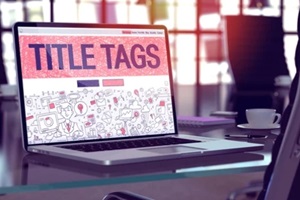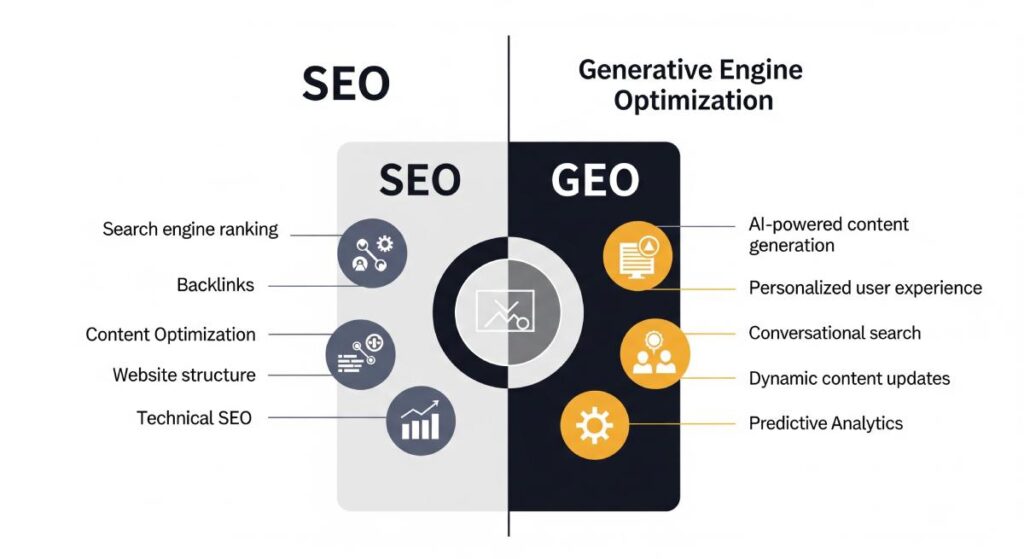 There are many elements that must be considered when creating an effective website, from choosing the right keywords to using an intuitive design and high-quality content.
There are many elements that must be considered when creating an effective website, from choosing the right keywords to using an intuitive design and high-quality content.
However, there is one often overlooked aspect that can make a business’s website more user-friendly and improve its standing in the search engines: website accessibility.
What Is Website Accessibility?
The structure of a website plays a vital role in search engine optimization; however, it is also important to design modern websites with accessibility in mind. An accessible website is one that users with pertinent disabilities can reach and use comfortably.
This means that everyone who visits it should be able to navigate, interact with, and understand it regardless of any disabilities. It should accommodate those with visual, auditory, cognitive, neurological, and physical impairments, as well as temporary impairments such as those seen in people recovering from injury or illness.
Individuals who have disabilities should be considered when websites are designed and when content is added. Although it is possible to improve an existing website’s accessibility, it is more efficient to incorporate accessible features into a site during the design phase.
How Website Accessibility Affects Search Engine Optimization
Search engine optimization (SEO) is the best way for websites to rank well in search engines and improve their reach. Although a website’s accessibility is not a direct SEO ranking factor, the efforts made to make a website more accessible can also make it easier for search engine algorithms to understand what the website is about and improve its chances of being seen and visited.
Here are some important considerations related to website accessibility and SEO.
An Accessible Website Is More User-Friendly
When websites are designed for accessibility, they tend to be more user-friendly than those that are not created with individuals with disabilities in mind.
This can also serve to improve several of the factors that search engines consider in ranking, such as the amount of time spent on a website and the number of pages visited on the site.
On a similar note, visitors are less likely to interact with a website that is difficult to use, whether they have a disability or not. This can reduce a site’s visibility in search engine rankings.
Page Titles And Heading Tags
 A page title must be an accurate reflection of the page’s content. In addition to being the main headline that search engines interpret to understand what the page is about, it helps users to distinguish information and differentiate content when they have multiple tabs open.
A page title must be an accurate reflection of the page’s content. In addition to being the main headline that search engines interpret to understand what the page is about, it helps users to distinguish information and differentiate content when they have multiple tabs open.
It is also important for screen readers when navigating between pages; therefore, page titles should always be optimized according to the intent of the user instead of trying to stuff keywords into it.
While header tags are not considered a specific ranking factor by Google and other search engines, they are valuable for users who are navigating the web with help from assistive technologies. Therefore, heading tags should be descriptive and well structured.
Video Transcripts
The Web Content Accessibility Guidelines (WCAG) are a series of recommendations to ensure web content is as accessible as possible for people with disabilities and should be followed when seeking Americans with Disability Act (ADA) compliance.
The guidelines state that websites should provide video transcriptions of all the videos they post allowing deaf and blind users to get the most out of them. Moreover, by creating transcriptions, videos will contain captions that can improve a website’s search engine rankings.
Alt Text
One of the most commonly used accessibility features on the internet is image alt text, which supplies text alternatives to photos, graphics, and other images that people with visual impairments can understand.
It is important to avoid the practice of stuffing keywords into alt text. Instead, it should be accurate and relevant because screen readers read this text out loud.
Relevant alt text provides an added benefit of providing search engines with a greater understanding of images and the overall meaning of a web page. It also increases the website’s search ability, driving more traffic to it.
How to Gauge Website Accessibility
 Website owners can conduct informal checks of their website’s accessibility using tools such as those provided by the Web Accessibility Initiative. However, a customized accessibility audit is the best way to ensure a site is compliant with the Americans with Disabilities Act.
Website owners can conduct informal checks of their website’s accessibility using tools such as those provided by the Web Accessibility Initiative. However, a customized accessibility audit is the best way to ensure a site is compliant with the Americans with Disabilities Act.
It will assess elements such as link use, colors, content structure, and media use to determine the ease of use of a company’s digital products and services.
321 Web Marketing Can Ensure Your Site Is WCAG Compliant
Website accessibility ensures your site is user-friendly and compliant and has the power to improve your rankings in Google. To learn more about creating a WCAG-compliant website or have your site professionally assessed, reach out to the ADA specialists at 321 Web Marketing today.







